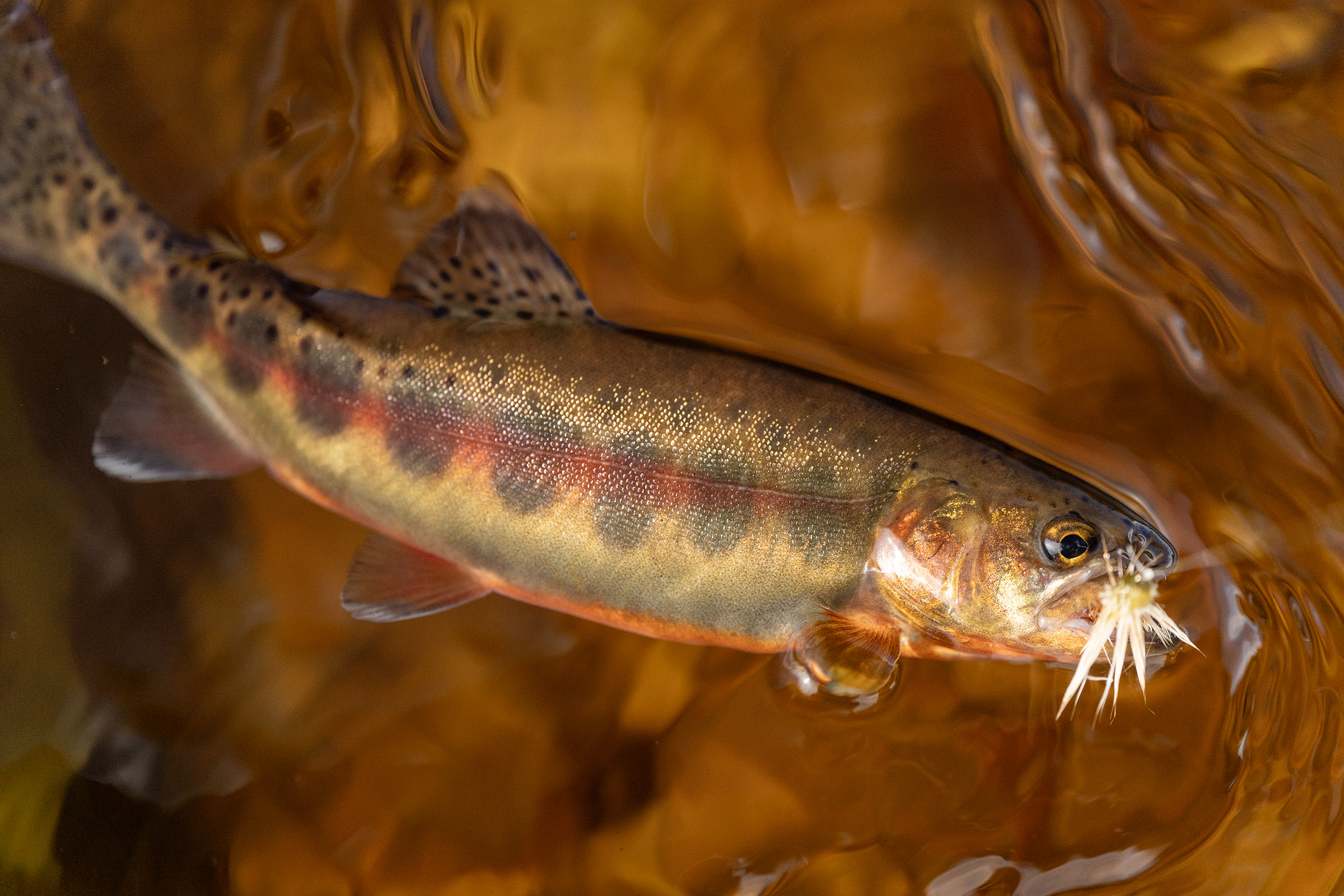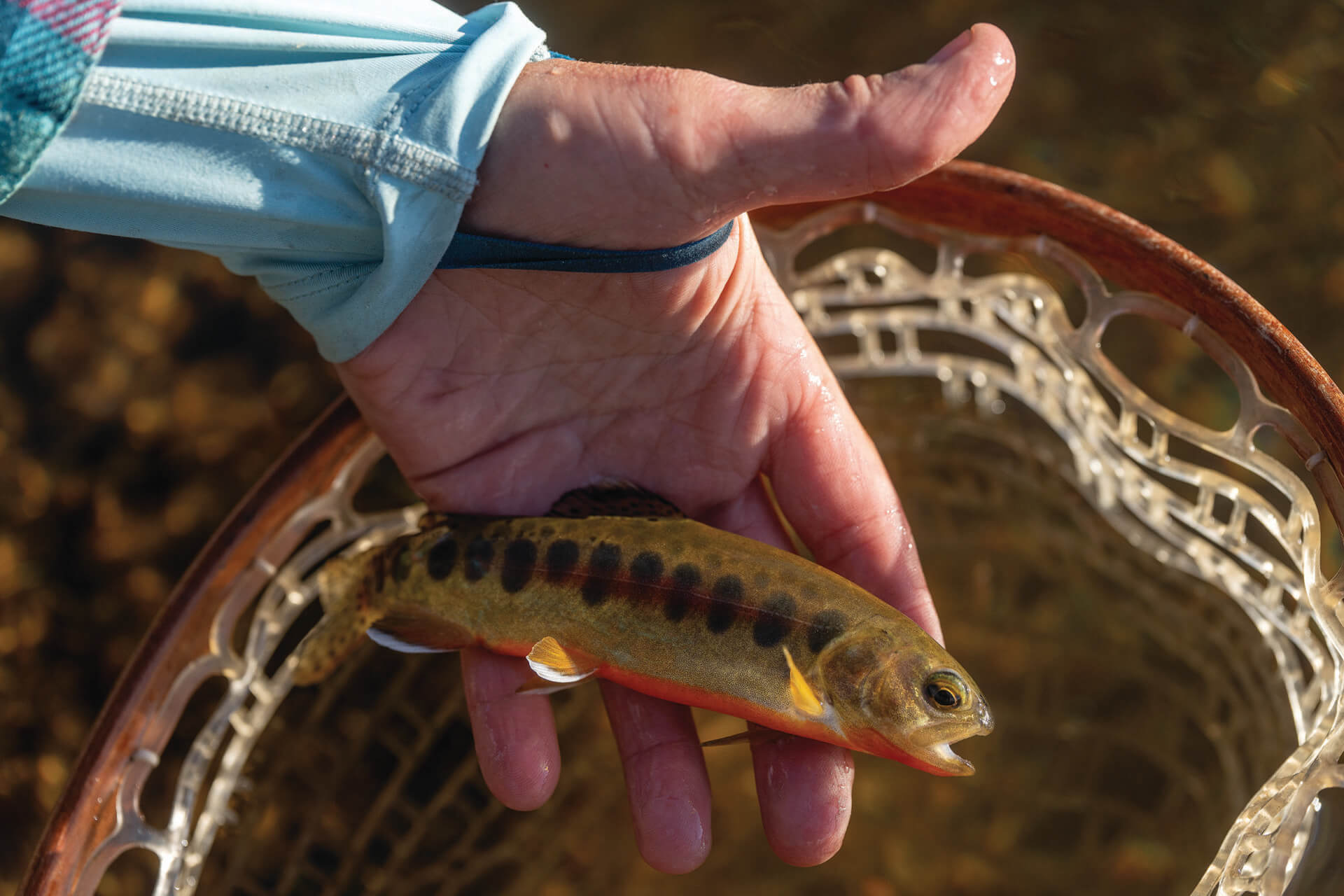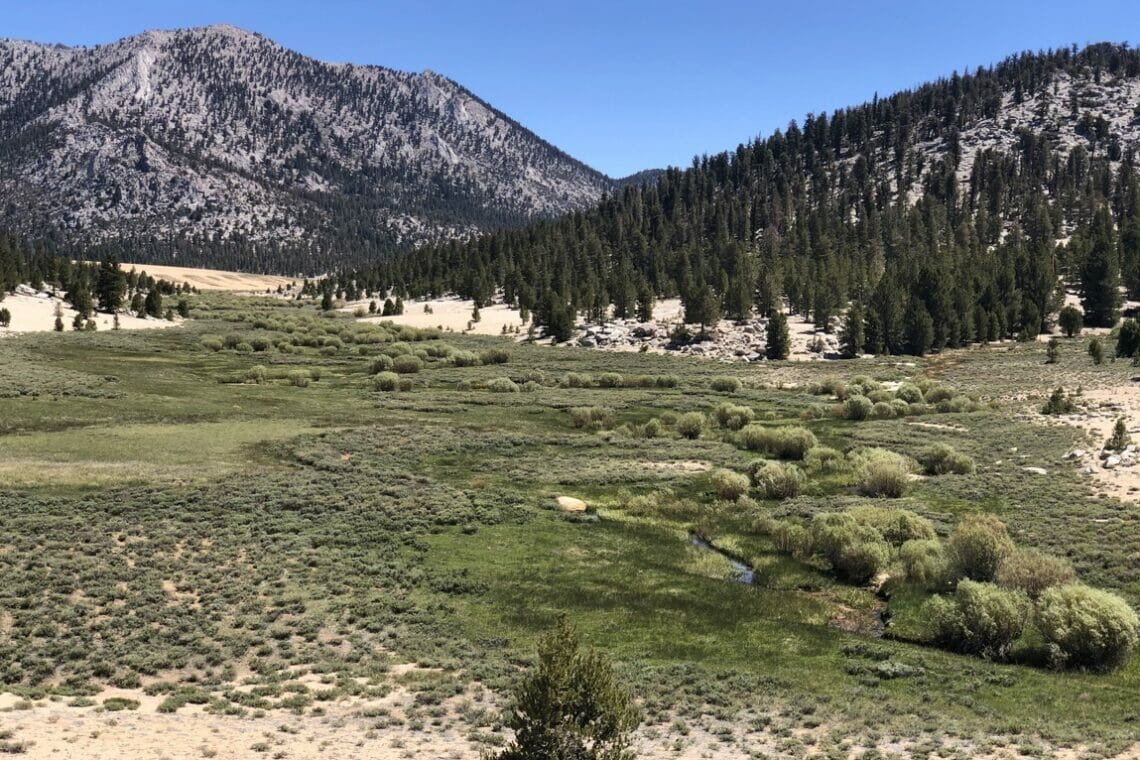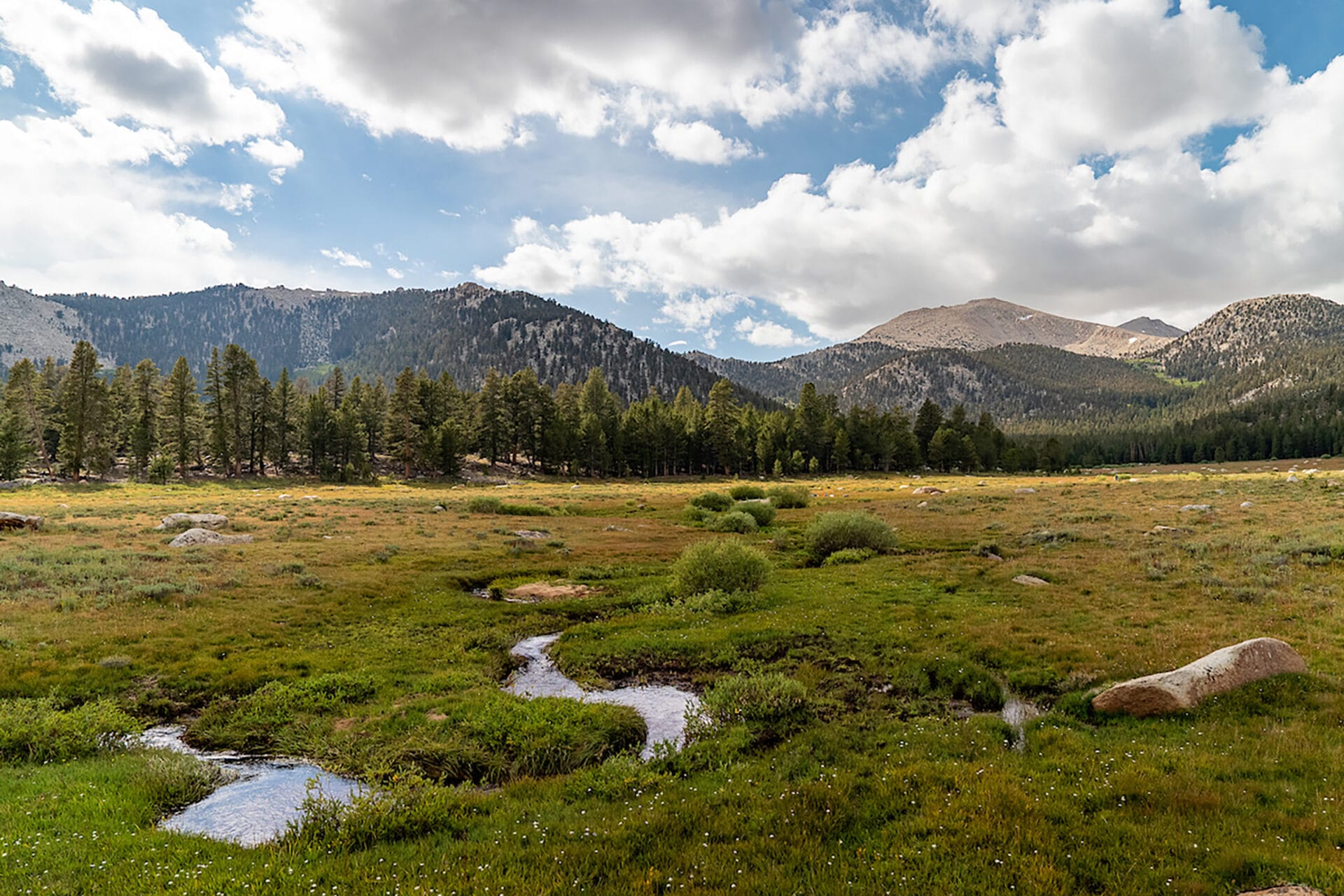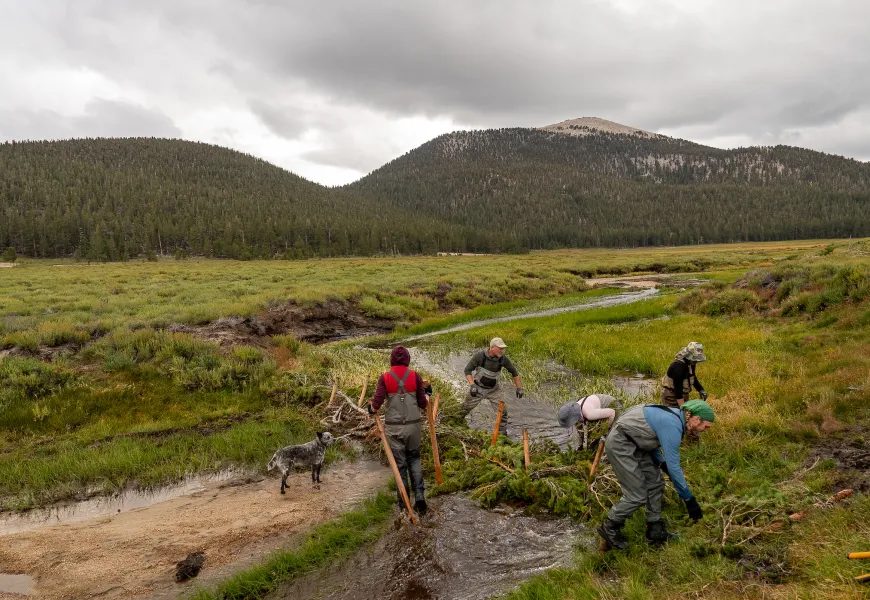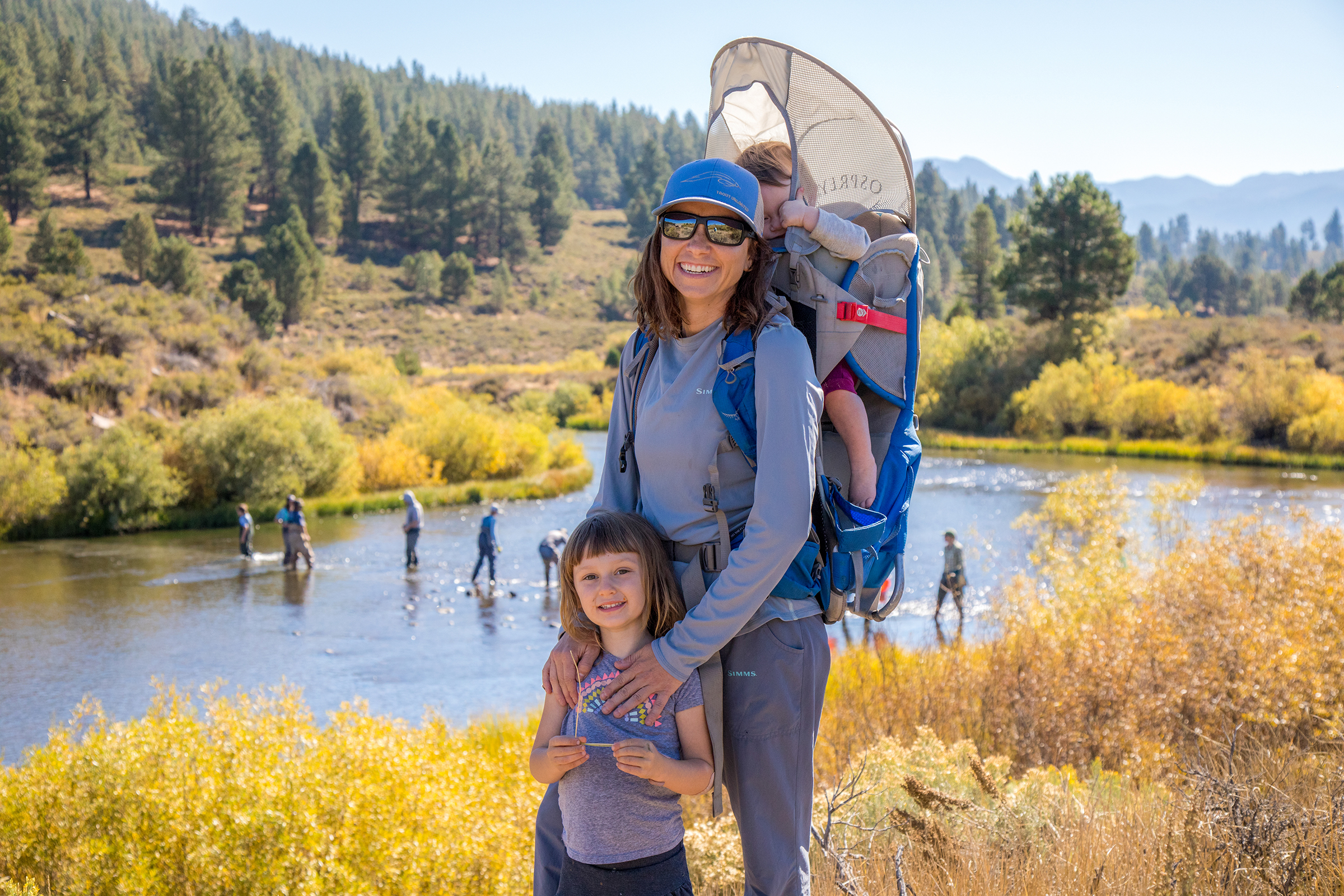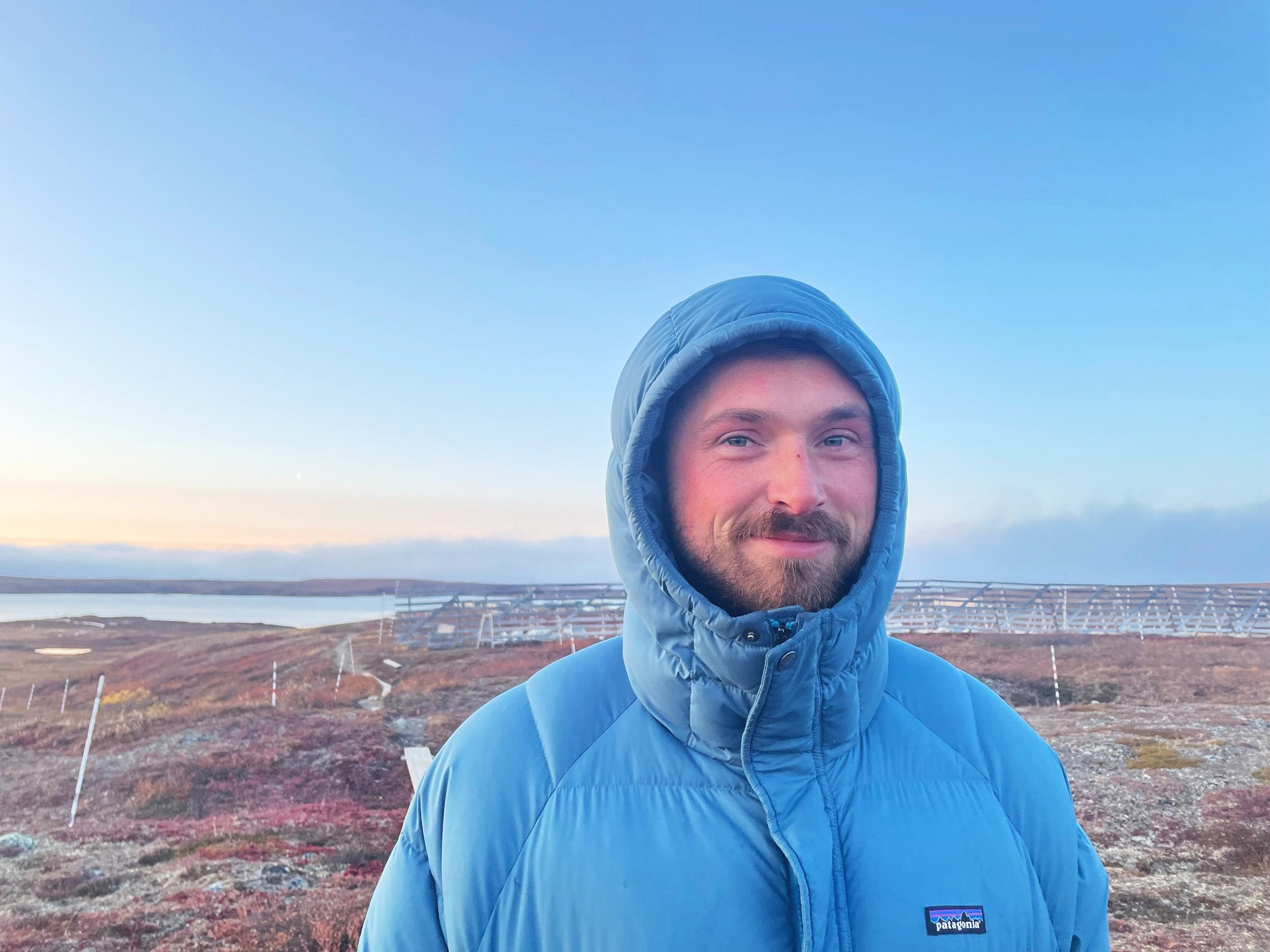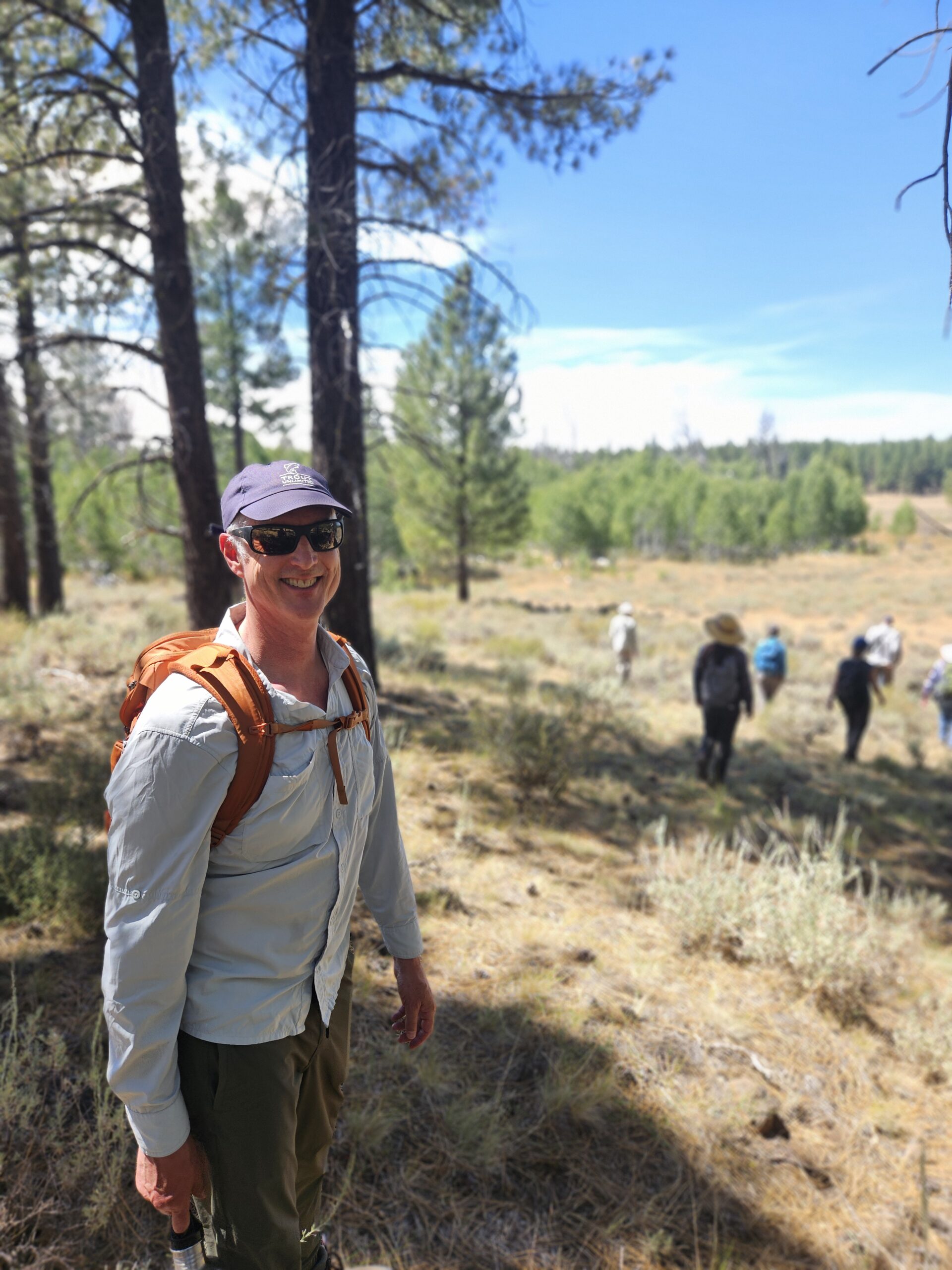Kern River Basin

Overview
The Kern River Basin hosts three unique inland trout species – California Golden Trout, Little Kern Golden Trout, and Kern River Rainbow Trout. These small but vibrantly colorful trout have extremely limited home ranges that are contained almost entirely within multi-use public land. The populations of these native fish are threatened by hybridization and loss or degradation to coldwater habitat.
TU’s Inland Trout Program works closely with our federal and state agency partners on the protection and recovery of these unique species. Our work focuses on stream and meadow restoration utilizing process-based techniques; barrier removal to allow for fish passage; and barrier placement in strategic locations to project critical streams from non-native species.
Through multi-faceted, landscape-level recovery efforts, native fish will have access to more stream miles and higher quality habitat and the landscapes they inhabit will be better protected from catastrophic wildlife, flood and drought.
Riverscape Restoration
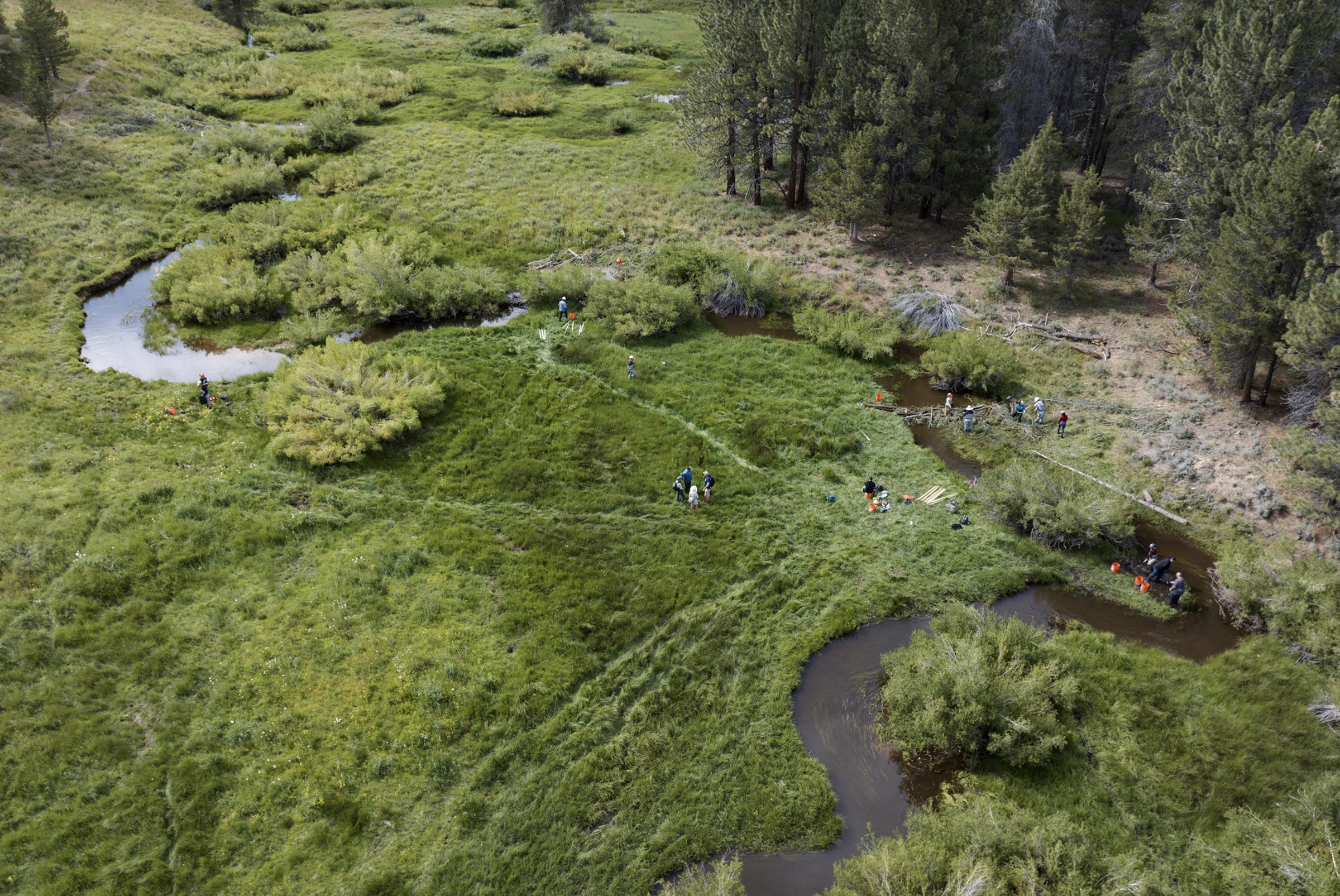
In the Kern River Basin, theTrout Unlimited Inland Trout Program aims to restore 75 stream miles and 7,000 acres of critical headwater habitat by 2030. So far, projects in over 30 stream miles and over 2,000 acres have been completed. This work focuses primarily on the installation of low-tech, process-based restoration structures (such as beaver dam analogs and post-assisted log structures) to increase pool availability and habitat complexity, while improving water temperatures and instream flows.
Remarkably, because much of the work takes place in designated Wilderness and the rugged Sierra backcountry, many of these projects are completed using pack mules and hand tools. We have partnered with the U.S. Forest Service, California Department of Fish and Wildlife and the Tubatulabal Tribe of Kern Valley in this effort. Efforts have also included support from the various Federation of Fly Fishers clubs, Sierra Meadows Partnership, Kern Community Foundation, and corporate water funders.
Science & Monitoring
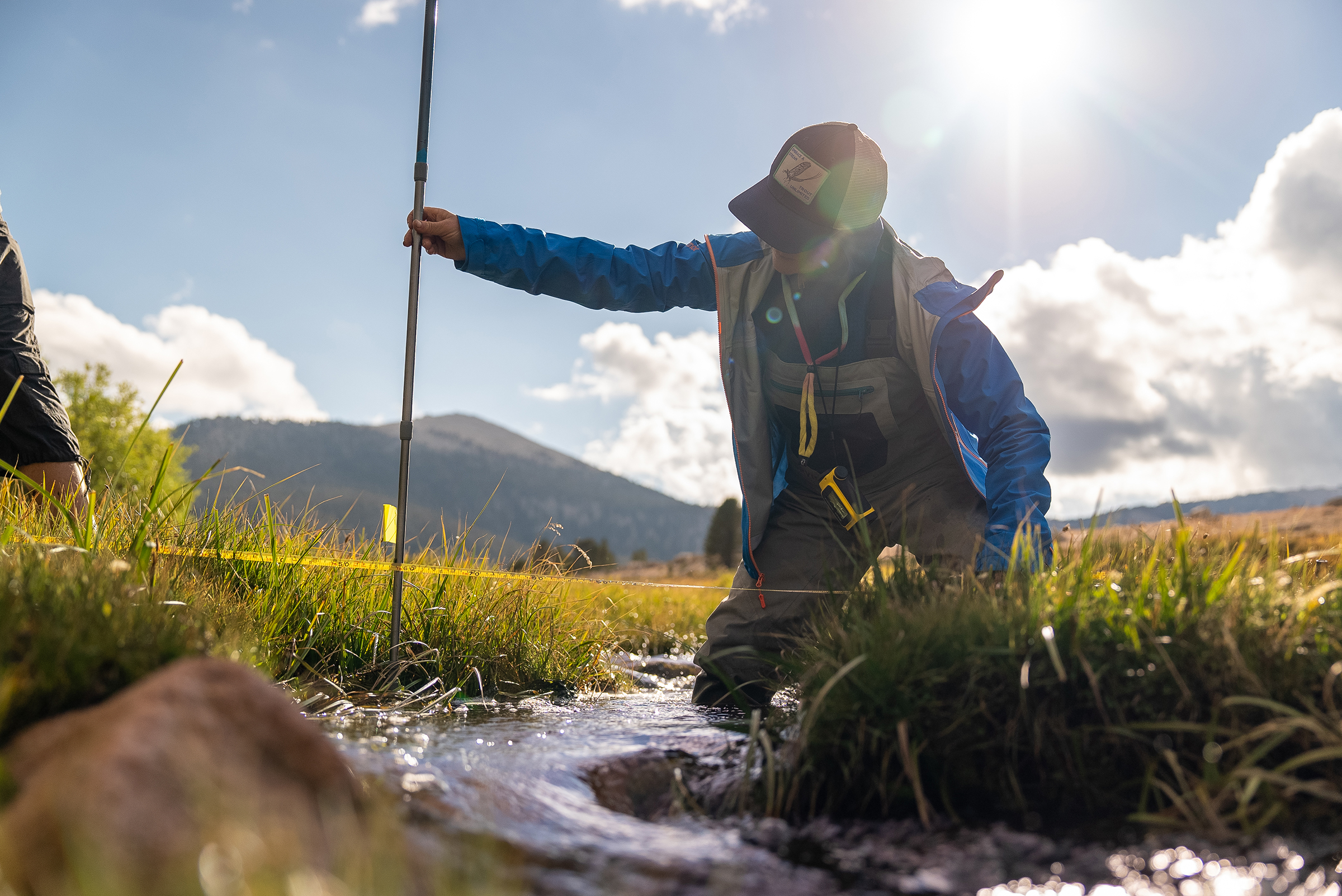
Trout Unlimited invests in scientifically sound restoration project effectiveness monitoring so that adaptive management decisions and future restoration projects are better informed. We utilize cutting edge remote sensing technology as a part of monitoring equipment installations and habitat condition assessments.
In partnership with TU’s Conservation hydrology Program, we currently operate 15 streamflow gages, 35 groundwater wells and over 30 stream temperature loggers across the Kern River basin. These tools monitor the predicted benefits of our restoration work, such as improved instream flow and water temperature.
Community Building
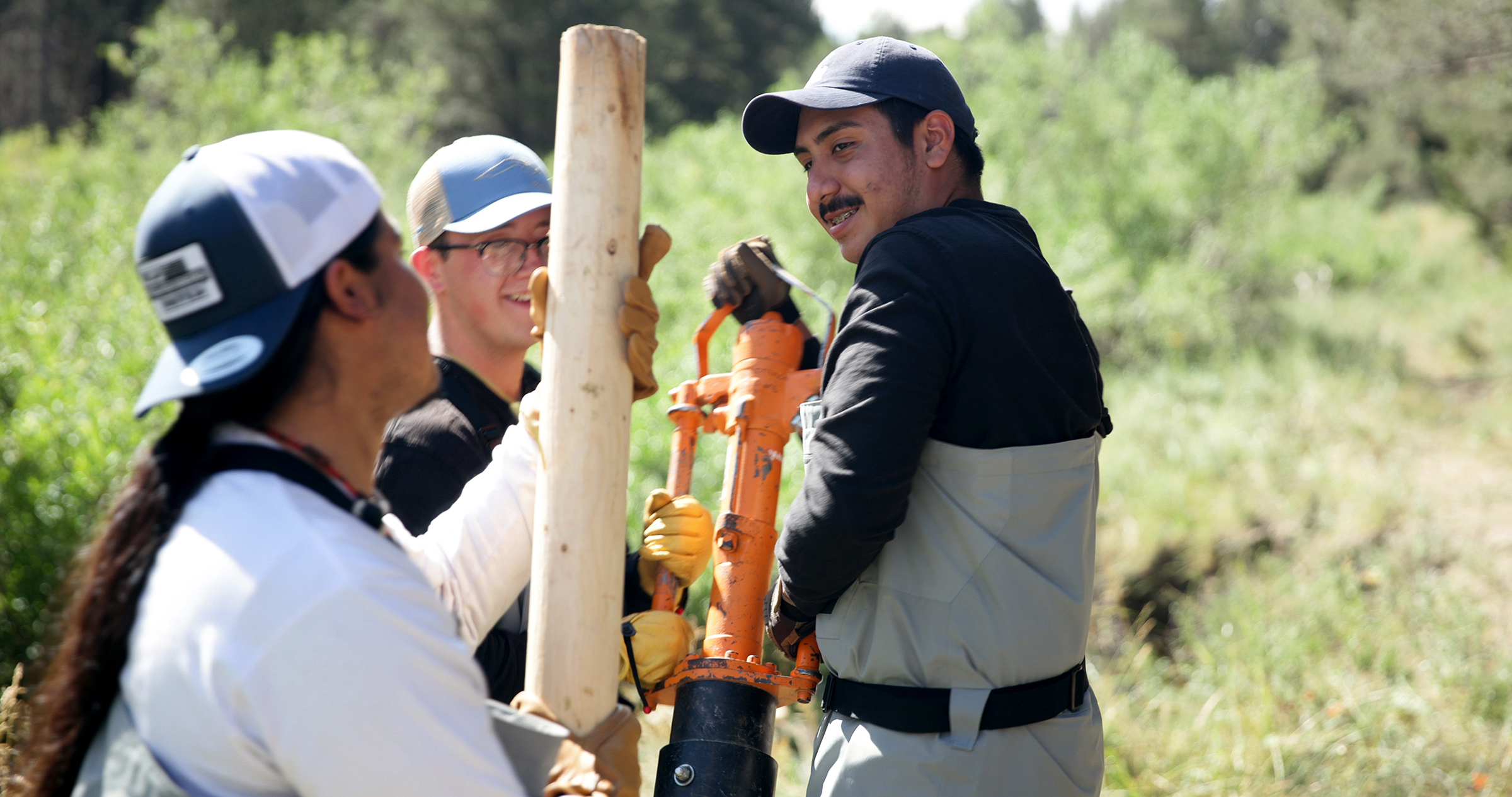
There is a long-standing history of agencies and anglers coming together to advance Kern River rainbow and golden trout recovery in the Kern River Basin. This originated in the 1980’s via the collaborative “Golden Trout Project” with dedicated Trout Unlimited volunteers, Federation of Fly Fishers clubs, CalTrout, the Forest Service, California Department of Fish and Wildlife, and other regional conservation organizations and volunteers working together on a variety of projects, including habitat restoration, non-native fish removal, population surveys and genetics studies. Volunteer efforts continue to this day, alongside work led by TU’s Inland Trout Program.
The Kern River Basin is nearly entirely U.S. Forest Service lands. These are multi-use, working public lands, with timber, grazing and other natural resource opportunities underway in addition to world-class recreation experiences like fishing and hiking. TU is committed to creating a connected community of river stewards by bringing diverse stakeholder groups together to find common ground for work to protect native trout and cold, clean water.
We also work closely with the Tubatulabal Tribe of Kern Valley, whose ancestral landscape includes golden trout country. Through knowledge sharing, TU-hosted stream restoration workshops, and tribal youth wilderness restoration work experience internships, we are working together to create sustained change in the Kern River Basin.
